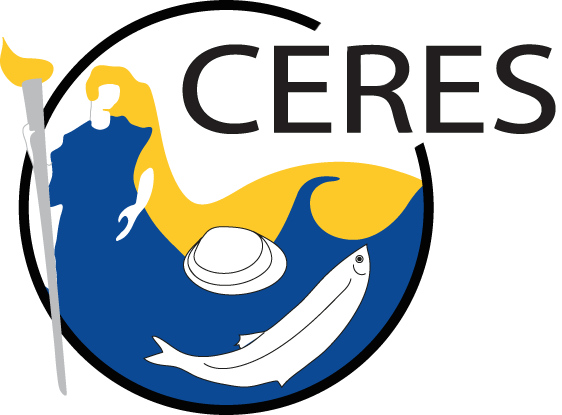CERES case studies
Environmental control of asexual reproduction and somatic growth of Aurelia spp. (Cnidaria, Scyphozoa) polyps from the Adriatic Sea
Polyps of two moon jellyfish species, Aurelia coerulea and A. relicta, from two Adriatic Sea coastal habitats were incubated under multiple combinations of temperature (14, 21°C), salinity (24, 37 ppt) and food regime (9.3, 18.6, 27.9 μg C ind−1 week−1) to comparatively assess how these factors may influence major asexual reproduction processes in the two species. Both species exhibited a shared pattern of budding mode (Directly Budded Polyps: DBP; Stolonal Budded Polyps: SBP), with DBP favoured under low food supply (9.3 μg C ind −1 week−1) and low temperature (14°C), and SBP dominant under high temperature (21°C). However, A. coerulea showed an overall higher productivity than A. relicta, in terms of budding and podocyst production rates. Further, A. coerulea exhibited a wide physiological plasticity across different temperatures and salinities as typical adaptation to ecological features of transitional coastal habitats. This may support the hypothesis that the invasion of A. coerulea across coastal habitats worldwide has been driven by shellfish aquaculture, with scyphistoma polyps and resting stages commonly found on bivalve shells. On the contrary, A. relicta appears to be strongly stenovalent, with cold, marine environmental optimal preferences (salinity 37 ppt, T ranging 14–19°C), corroborating the hypothesis of endemicity within the highly peculiar habitat of the Mljet lake. By exposing A. relicta polyps to slightly higher temperature (21°C), a previously unknown developmental mode was observed, by the sessile polyp regressing into a dispersive, temporarily unattached and tentacle-less, non-feeding stage. This may allow A. relicta polyps to escape climatic anomalies associated to warming of surface layers and deepening of isotherms, by moving into deeper, colder layers. Overall, investigations on species-specific eco-physiological and ontogenetic potentials of polyp stages may contribute to clarify the biogeographic distribution of jellyfish and the phylogenetic relationships among evolutionary related sister clades.
Hubot N, Lucas, CH and Piraino S (2017)
PlosOne 118: 27-40 DOI 10.1371/journal.pone.0178482
Funding
![]() This project receives funding from the European Union’s Horizon 2020 research and innovation programme under grant agreement No 678193 (CERES, Climate Change and European Aquatic Resources). The content of this website does not reflect the official opinion of the European Union. Responsibility for the information and views expressed therein lies entirely with the author(s).
This project receives funding from the European Union’s Horizon 2020 research and innovation programme under grant agreement No 678193 (CERES, Climate Change and European Aquatic Resources). The content of this website does not reflect the official opinion of the European Union. Responsibility for the information and views expressed therein lies entirely with the author(s).
March 2016 - February 2020 I 5.6 Mio Euros .
Contact
CERES Office Universität Hamburg, Germany
Professor Dr. Myron Peck, scientific coordinator
Anastasia Walter, project manager
Phone +49 40 42 838 9891
Email contact@ceresproject.eu
Twitter @ceresproject_eu
